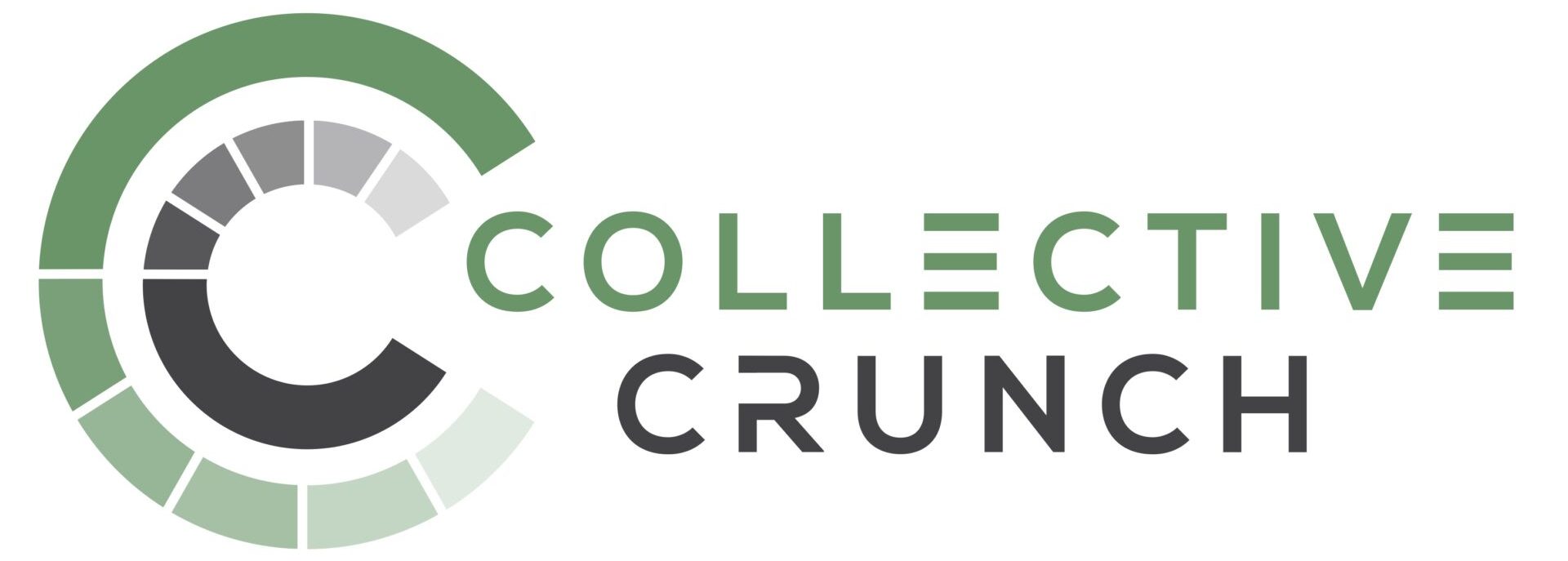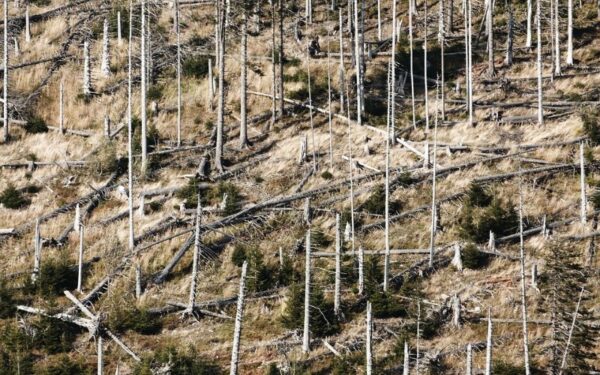Inaccurate forest inventories in relation to tree species, carbon storage, assortment distribution and timber quality result in inefficient use of natural resources. With the drive towards sustainability, it is crucial to use commercial forest stands effectively both from the environmental and commercial perspective. Effective use of commercial stands through optimal analytics protects nature from unnecessary harvests while making best use of the natural raw material. In this article we explain how accurate and timely forest and carbon inventories provide significant improvements to your decision making by allowing optimal use of your forest resources.
The Problem of Inaccurate Inventories
Traditionally, forest inventories are constructed from one or few sources of data such as satellite imagery, laser scanning or lidar with varying amounts of field visits. The suboptimal analytics leave room for substantial improvements that would prevent redundant harvests while also increasing transparency for sales participants. This effect can be highlighted in monetary terms with accuracy on forest volume for boreal stands. For every percentage unit decrease in relative error of volume, an additional 4.4€ per hectare is expected in revenue for a 10-year period. (Kangas et al. 2018). Ignoring possible data sources for increased accuracy in forest inventories result in suboptimal and unsustainable decision making, as the larger error leads to less accurate inventories. Improved inventories would benefit the forest owners and their sustainability goals as efficient use of commercial stands protects the rest of the forests.
Further problems lie within finding the optimal choice of sales offers. If the tree assortment distribution for log and fiber has been poorly identified, the best offer is more likely left on the table. In the case of overestimating the volume of fiber, a forest owner may end up in a situation where it would have been more beneficial to accept an offer with a higher price for logs and vice versa. As potentially viable timber product is lost, a subpar inventory solution can be harmful both environmentally and financially. Furthermore, misclassifying the main species of 10–20% of boreal forests decreases the potential benefits to the forest owner by approximately 44 € per hectare (Kangas et al. 2019). These points further suggest that improving accuracy and introducing multi-layered models bring tangible benefits to both the environment and forest owners.
Increasing interest towards forest carbon opens the venue for forest owners to feasibly enter carbon markets. Historically as the price of carbon has been significantly lower compared to timber, the need to understand carbon metrics of your forests have been minor. However, the rapidly evolving carbon markets are changing this premise right now. We believe that with the transition to be green, the price of carbon is on a path to exceed the yield of harvests. While the price of timber fluctuates with demand, the price of carbon is on an upwards trajectory due to sustainability needs. This means that evaluating the carbon capacity offering of your forests is more important than ever. Dedicating increasing amounts of forests to carbon trading shifts the balance between commercial and carbon use, and the only way to find the optimum between them is to accurately understand the carbon storage of your forests.
Make the Best Use of Natural Resources in Your Forests
Reaching and improving on sustainability goals as well as maximising the potential of your forest and carbon assets requires their efficient use. Improvements to information available at decision making directly translates to improvements to your forest and carbon management.
The CollectiveCrunch Linda Forest is the tool of choice for professionals, utilised for tens of millions of hectares by the largest forest owners in Northern Europe. Our product aggregates multiple layers of data from diverse sources to construct models powered by AI for forest and carbon inventories. These models verifiably improve the accuracy of your inventories compared to ground visits and lidar. We take your stream of data, unpack and enrich it to easily understandable metrics. Let AI do the work with improved results over humans and reduced need for field sampling. The Linda platform enables you to receive up-to-date information and predictions on your forest assets by providing more frequent inventory update cycles. Get accurate understanding of your natural resources by utilising the best available intelligence for forest and carbon management decision making.

Summary of benefits for Linda Forest:
- More accurate inventories using a combination of remote and ground data sources.
- Every percentage unit reduced in the error of volume brings additional 4.4€ per hectare over 10 years.
- Minimize wasted timber by better understanding of your timber assortment distribution.
- Understand the potential of carbon stored in your forests.
- Added value to pre-existing data sources like historical sampling data.
- Potential use of historical lidar data reduces the need for future scans.
- Lower inventory costs by reducing the need for scans and field sampling.
Elevate your forest and carbon decision making with the best available intelligence.
References
Kangas, A., Gobakken, T., Puliti, S., Hauglin, M., & Næsset, E. (2018). Value of airborne laser scanning and digital aerial photogrammetry data in forest decision making. Silva Fenn, 52(1), 9923.
Kangas, A., Haara, A., Holopainen, M., Luoma, V., Packalen, P., Packalen, T., Ruotsalainen R., & Saarinen, N. (2019). Kaukokartoitukseen perustuvan metsävaratiedon hyötyanalyysi: Metku-hankkeen loppuraportti.




